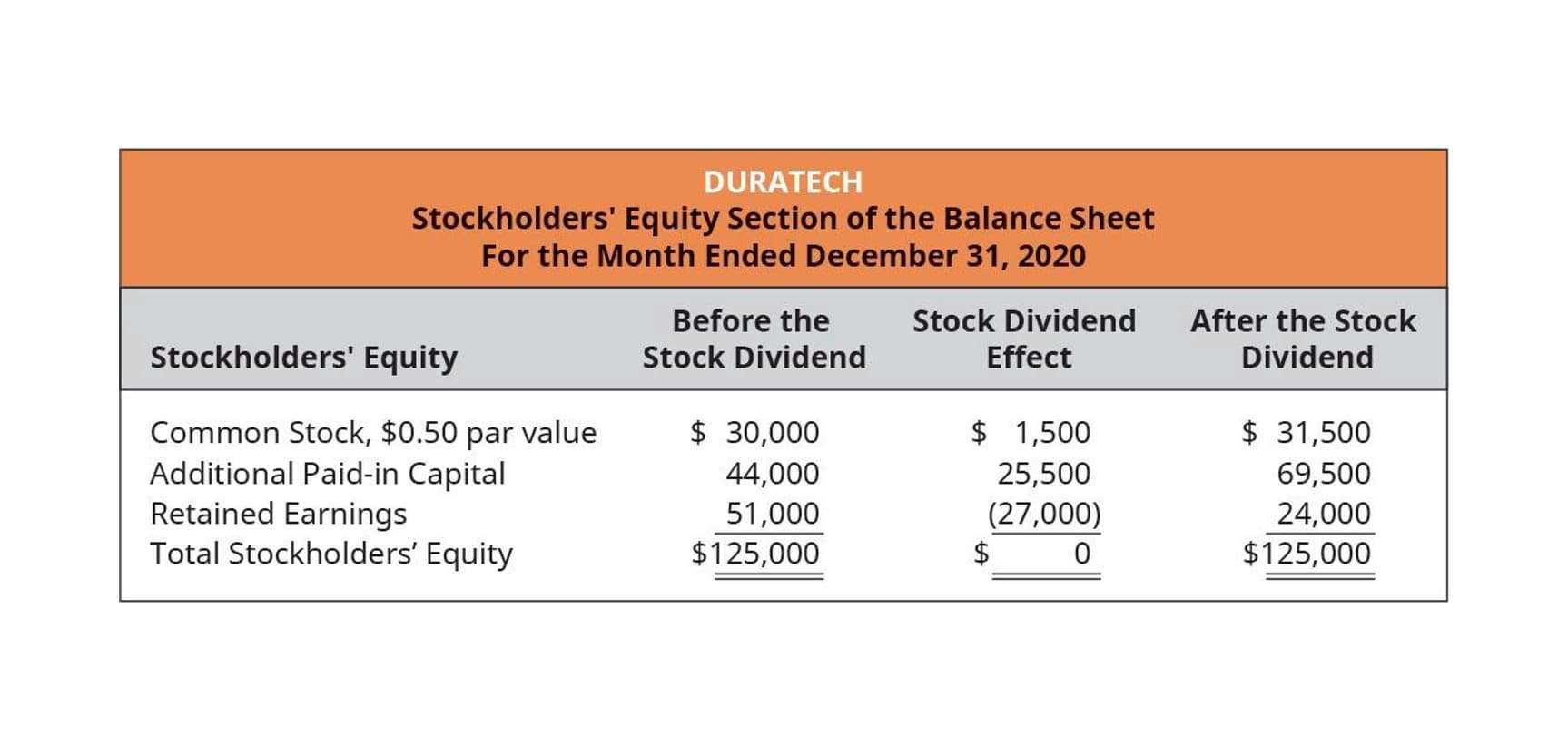
An asset account in a bank’s general ledger that indicates the amounts owed by borrowers to the bank as of a given date. A temporary account to which the income statement accounts are closed. This account is then closed to the owner’s capital account or a corporation’s retained earnings account.
- And for a review of the most common journal entries, see the lesson on basic accounting journal entries.
- This means that the total debits must equal the total credits.
- Since cash is an asset, your debits go on the left and credits on the right.
- To start modeling your finances and effectively operate your business, import your bookkeeping and accounting into Baremetrics.
- The initial challenge is understanding which account will have the debit entry and which account will have the credit entry.
What is an account balance?
High account balances in your liabilities section represent debt that needs to be paid. For a business to sustain a high level of debt, it needs to generate enough positive cash flow to make the regular payments. There are many lenses businesses use to understand their financial health at a glance. One such lens is account balances, which can be easily found on the balance sheet. From the perspective of an auditor, balancing T-Accounts is an important step in the audit process.
- The name is based on the way that a T-account appears, with two columns and one line.
- A T account is a way to organize and visually show double-entry accounting transactions in the general ledger account.
- Balancing T-accounts is one of the more complicated and frustrating things for many accounting students.
- Now, there can be a number of different ledgers, each one dealing with a specific aspect of the business and listing T-accounts only in that category.
- Examples include cash, investments, accounts receivable, inventory, supplies, land, buildings, equipment, and vehicles.
Keeping your Debits and Credits Straight in T Accounts
To keep a company’s financial data organized, accountants developed a system that sorts transactions into records called accounts. When a company’s accounting system is set up, the accounts most likely to be affected by the company’s transactions are identified and listed out. Depending on the size of a company and the complexity of its business operations, the chart of accounts may list as few as thirty accounts or as many as thousands. A company has the flexibility of tailoring its chart of accounts to best meet its needs. The initial challenge is understanding which account will have the debit entry and which account will have the credit entry. Before we explain and illustrate the debits and credits in accounting and bookkeeping, we will discuss the accounts in which the debits and credits will be entered or posted.
Put the same total on the other side below all the entries.
When updating your books, you need to record that you used some of your cash, that you now own a truck, and that you also owe 25,000 dollars on it. Let’s look at some more typical examples of how T accounts help you determine how to record a transaction, particularly when more than two accounts are involved. For purposes of these transactions, let’s assume you’re using accounting software and not writing down each transaction in a traditional ledger book.
- When it comes to accounting, it is essential to understand how to create T-Accounts for Owner’s Equity.
- As you can see, the conventional account has the format of the letter T; hence they are often referred to as T accounts.
- For example, if you add $1,000 of cash coming in (a debit), with $500 cash going out (a credit).
- Let’s look at some more typical examples of how T accounts help you determine how to record a transaction, particularly when more than two accounts are involved.
- Pause here and see if you can work out this problem using T accounts.
- In order to create T-accounts for assets, you will need to understand the different types of assets and how they are classified.
Taking the time to write out T accounts helps ensure you enter the transaction correctly in your accounting software. Remember that the sum of all amounts written on the left side of a T must balance with the amounts written on the right side of another T. Each T represents a separate account in your books or accounting software. Now you need a T-account that balances this debit with a credit (right column). The T-account for your Revenue shows Bookkeeping for Veterinarians 100 dollars on the right.

T Accounts Examples in Accounting
For more examples and detailed explanations, check out our section on journal entries examples. Mastering these basics is crucial for anyone wanting to get a grip on double-entry accounting and keep their financial reporting spot-on. T-accounts are like a cheat sheet for seeing how debits and credits balance out. They’re super handy for both newbies and seasoned accountants to keep things clear and accurate. You won’t find T-accounts in single-entry accounting, where each transaction only hits one account. Now that you have your framework, you can begin to record the purchase.

The articles and research support materials available on this site are educational and are not intended to bookkeeping be investment or tax advice. All such information is provided solely for convenience purposes only and all users thereof should be guided accordingly. 11 Financial is a registered investment adviser located in Lufkin, Texas. 11 Financial may only transact business in those states in which it is registered, or qualifies for an exemption or exclusion from registration requirements. Congrats, if you got through that, you are going to be doing pretty well with T accounts.

If the company buys supplies on credit, the accounts involved are Supplies and Accounts Payable. For example, when a company borrows $1,000 from a bank, the transaction will affect the company’s Cash account and the company’s Notes Payable account. When the company repays the bank loan, the Cash account and the Notes Payable account are also involved. For example, if you examine the T-account above, you can see that all increases to the bank account (receipts) occur on the left side. All the decreases to the bank account (payments) occur on the right side.

Okay, for the first transaction, there will need to be a credit to the Cash T account for $300 and t accounts a debit to an equipment T account for $300. Liabilities, Owner’s Equity and Revenue act in the opposite of them. Remember, we can easily cross-reference between two accounts because of the contra account being used as the description of the transaction. So, we have our opening balance (debit) of $4,300 and our closing balance (debit) of $19,100.